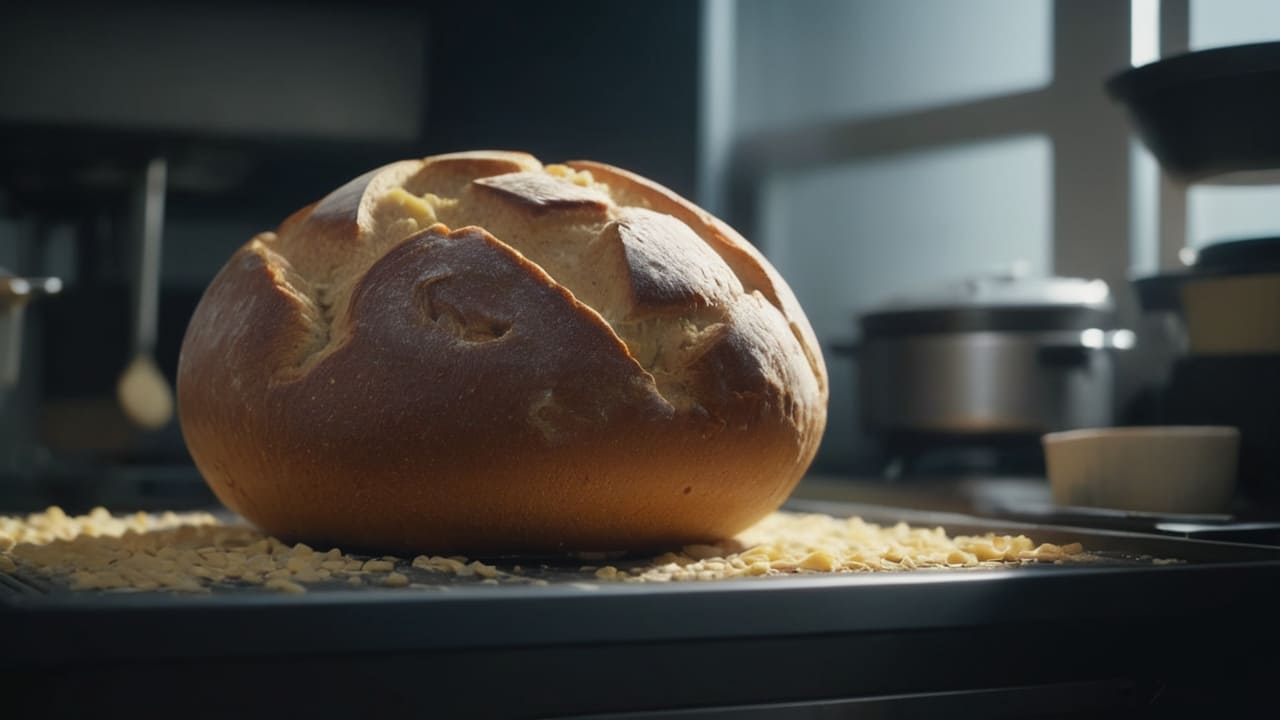
What If Dough Is Too Dry in Bread Machine? Solutions and Tips
What If Dough Is Too Dry in Bread Machine? Solutions and Tips

Baking bread at home using a bread machine is a fantastic way to enjoy fresh, homemade bread without much hassle. However, sometimes you might encounter issues, such as the dough being too dry. This problem can lead to dense, hard bread instead of the fluffy, soft loaf you desire. In this guide, we'll delve into the reasons why your dough might be too dry and provide practical solutions to fix it, ensuring your bread-making experience with the best bread machine is always successful.
Understanding Dough Consistency
Before diving into the solutions, it's essential to understand the ideal dough consistency. Perfect dough should be slightly sticky but not too wet. It should hold together well and be smooth and elastic. This balance ensures that your bread will rise properly and have a good texture.
Causes of Dry Dough in a Bread Machine

Incorrect Flour-to-Water Ratio
One of the most common reasons for dry dough is an incorrect flour-to-water ratio. Bread recipes need precise measurements to achieve the right consistency.
Measuring Ingredients Incorrectly
Even a slight error in measuring ingredients can throw off the dough's balance. Using too much flour or too little water can easily dry out your dough.
Environmental Factors
Humidity and temperature can significantly affect your dough. Dry weather can cause the dough to lose moisture quickly, leading to dryness.
Using the Wrong Flour
Different types of flour absorb water differently. Using a flour type that doesn't match your recipe can result in dry dough.
Solutions to Fix Dry Dough

Adjusting the Flour-to-Water Ratio
If your dough is too dry, the simplest solution is to add more water. Start by adding a teaspoon of water at a time, allowing the dough to mix thoroughly before adding more. This gradual adjustment helps achieve the perfect consistency without overdoing it.
Accurate Measuring
Ensure you're measuring your ingredients accurately. Use a kitchen scale for precise measurements, as volume measurements can vary. This practice will help you avoid imbalances in your dough.
Adapting to Environmental Changes
If you're baking in a dry climate, you might need to add a bit more water than the recipe calls for. Conversely, in humid conditions, you might need less water. Adjusting your recipe based on the weather can help maintain the right dough consistency.
Choosing the Right Flour
Use the type of flour specified in your recipe. If you're experimenting with different flours, be aware that you might need to adjust the water content. For instance, whole wheat flour absorbs more water than white flour.
Enhancing Dough Texture
Adding Fats
Incorporating fats like butter or oil can help improve dough texture, making it softer and less likely to dry out.
Using Dough Enhancers
Dough enhancers, such as lecithin or dry milk powder, can improve dough elasticity and moisture retention, resulting in better bread texture.
Kneading Techniques
Proper kneading helps develop gluten, which gives bread its structure and chewiness. Ensure your bread machine's kneading cycle is sufficient, or consider giving the dough an additional knead by hand.
Preventive Measures for Future Batches
Storing Ingredients Properly
Store your flour and other dry ingredients in airtight containers to prevent them from absorbing moisture from the air, which can affect their performance in your recipes.
Regular Maintenance of Bread Machine
Keep your bread machine clean and well-maintained. Residue from previous bakes can interfere with your current batch, leading to inconsistencies in your dough.
FAQs About Bread Machine Dough
What if my dough is too sticky?
If your dough is too sticky, gradually add more flour, a teaspoon at a time, until it reaches the right consistency.
Can I use milk instead of water in my dough?
Yes, substituting milk for water can add richness and improve the texture of your bread. However, you might need to adjust the other ingredients accordingly.
Why is my bread dense and heavy?
Dense bread is often a result of insufficient kneading, incorrect yeast usage, or using too much flour. Ensuring proper kneading and accurate measurements can help avoid this issue.
Conclusion
Dealing with dry dough in your bread machine can be frustrating, but with these tips and solutions, you can troubleshoot and fix the issue easily. By understanding the factors that affect dough consistency and making necessary adjustments, you'll be able to bake delicious, fluffy bread every time with your best bread machine. Happy baking!


